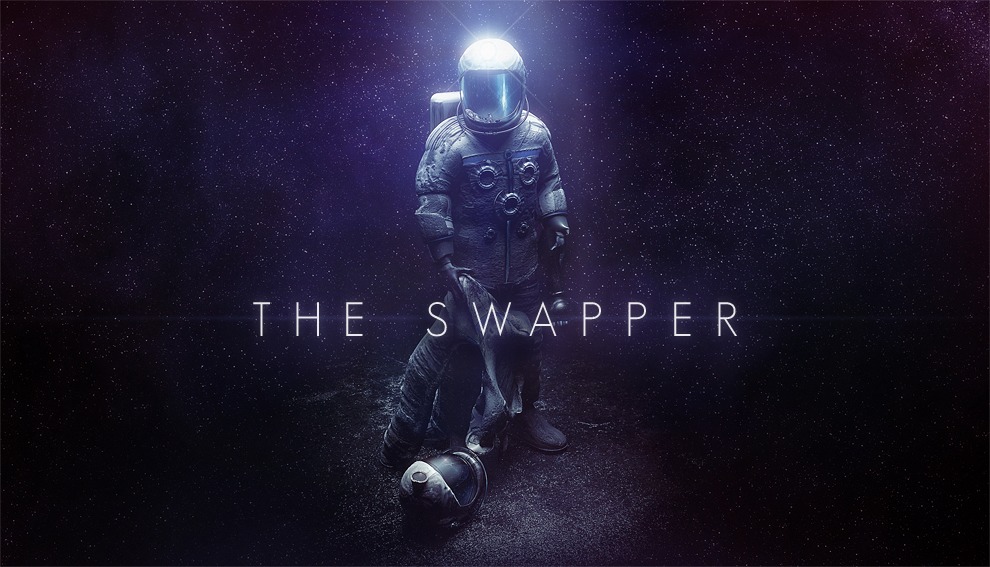PN Review: The Swapper (Wii U)
The Swapper is a very interesting game: it immediately sets a bleak mood, yet is very enjoyable to play. It’s a platformer/puzzle game, set in a dark sci-fi world, where you play as the lone survivor on a damaged space station, solving puzzles to find your way out of the place.
This game reeks of classic science fiction – it’s eerie, creepy and creates a feeling of isolation, creating a true sense of the astronaut’s experience as you roam a seemingly abandoned space station looking for an exit. In some ways, it reminds this reviewer of the recent movie, Interstellar. I’ll elaborate, as that movie divided fans, and this is a great game. It’s not anywhere near the same plot or even scale of that movie, but both Interstellar and The Swapper make us appreciate and fear the cold, stark and spooky reality of space, and the odds one would face in such lonely environments.
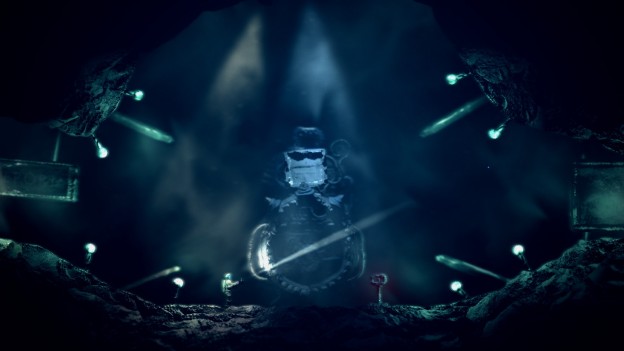
The Swapper is bleak, but sets the right mood for a sci-fi game
At its core, The Swapper is very much a puzzle and exploration game, tidily wrapped in a space suit. There are some platforms to jump, and some areas where physics definitely comes into play, but this is not an action game. And that turns out to be a very refreshing turn of events.
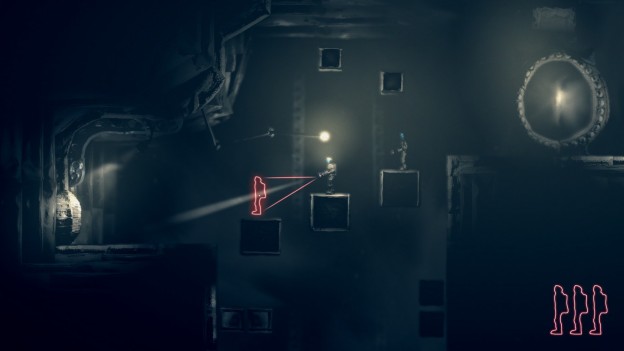
The Swapper in platforming mode.
You’ll have to solve puzzles to gain access to orbs, and collecting enough of those allows passage through locked doors. A narrative is uncovered as you progress through the game, by reading logs from the previous crew. Part of the mystery revolves around the discovery of The Watchers, sentient rocks who inhabit the planet. The story is very well laid out and poses many questions along the way, it truly plays like an interactive movie as you uncover chunks of data and piece it together.
To assist with your quest, you gain access at the start of the game to a cloning device, which allows the creation of up to four clones of yourself. You’ll also learn how to swap your consciousness into the bodies of these clones – hence the title, The Swapper. With this device, you can control a clone and use their body to reach previously inaccessible places.
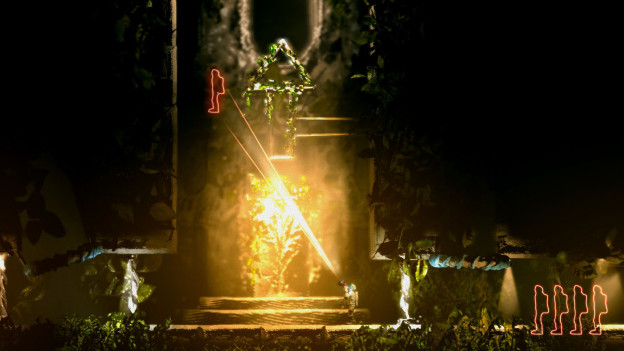
How do I get up there? Experimentation is the key to solving puzzles.
The puzzles are a combination of swapping between clones at the right time, and using the right sequence of events to reach those orbs. There are beams of light in some areas that block either your cloning or swapping ability – or both – and switches that can turn lights off or open gated areas. Each puzzle is set in a self-contained room, so it’s like a level in itself, and some are quite difficult, but that’s what makes solving them feel so rewarding. And fun. After finally completing one, you’ll find yourself wanting to solve just one more.
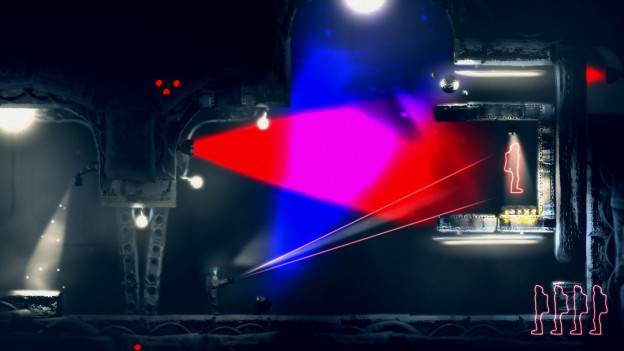
The Swapper – beams of light inhibit your cloning device
The game’s use of save states is particularly good. It automatically saves every time you reach a new room and you have endless lives, so that guilty feeling of sending clones to their death soon evaporates, and you’ll expend many to get to those orbs. You can also die yourself, but respawning is quick and doesn’t interrupt the flow. It doesn’t make it seem difficult in this sense, but it also emphasizes that the puzzles are the core of this game, and this easy recovery balances with the challenging puzzles nicely.
The game will take an average gamer between 4-6 hours to complete, depending on how quickly you solve puzzles and whether you’re a completionist who must solve them all. You won’t need to complete every puzzle to progress, as long as you have enough orbs to open the next gate. Replayability is not especially great, since you’re likely to breeze through once you know how to solve the puzzles, but revisiting the game might be fun for time trials or for solving leftover puzzles.
The graphics suit the moody atmosphere of space, though at times when playing on the GamePad alone, it can get a little dark to see what’s going on around you. Your astronaut does carry a torch though, and combined with the low lighting, it contributes to the loneliness you feel.
The Swapper is a perfect fit for the Wii U in that it’s bold enough to be brilliant on the big screen, but with its segmented puzzle nature, you can easily jump back in with your GamePad at any time to nut out another puzzle before it’s back to real life. The bleak look and slightly difficult learning curve may not appeal to everyone, but it’s worth checking out if you’re interested in trying something very unique – a truly cinematic experience. Overall, this is a very enjoyable game and is definitely worth investigating.

